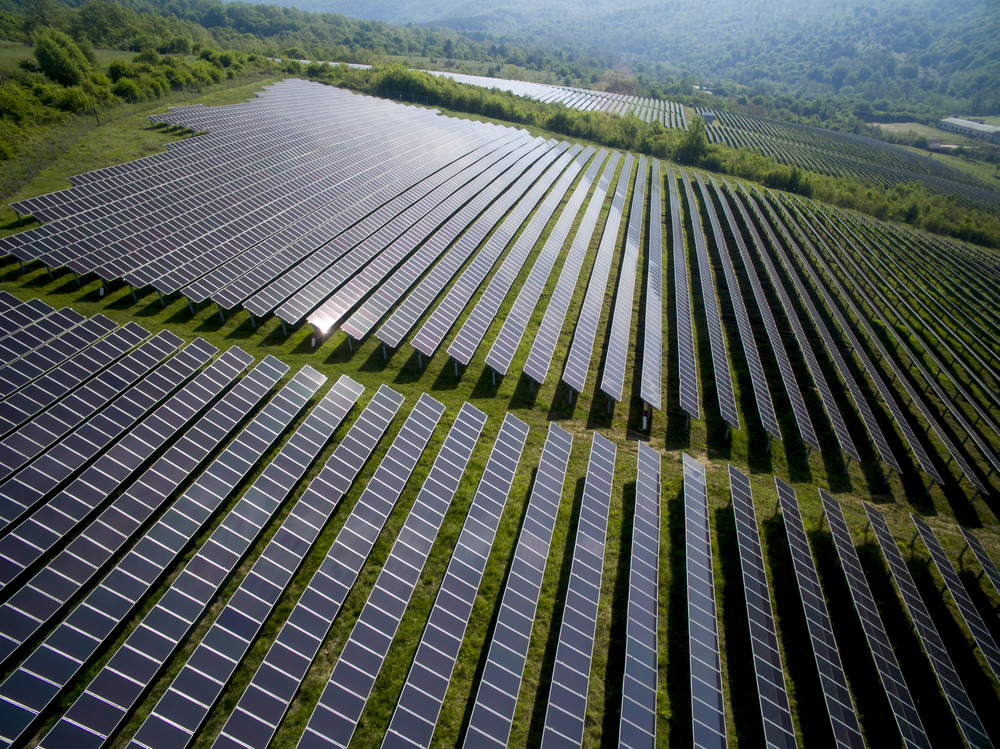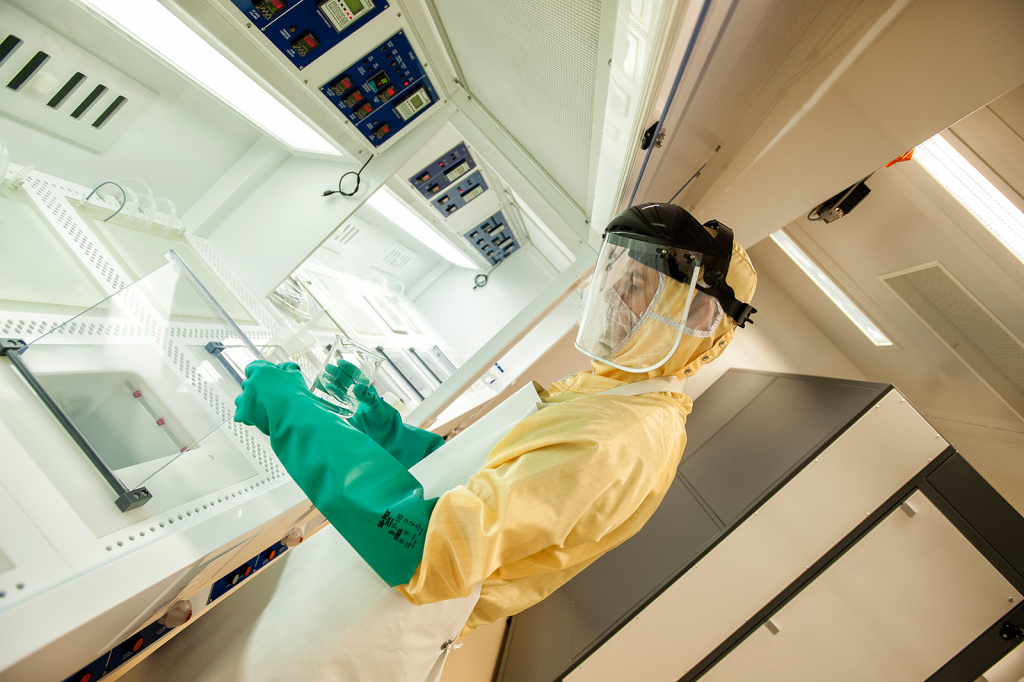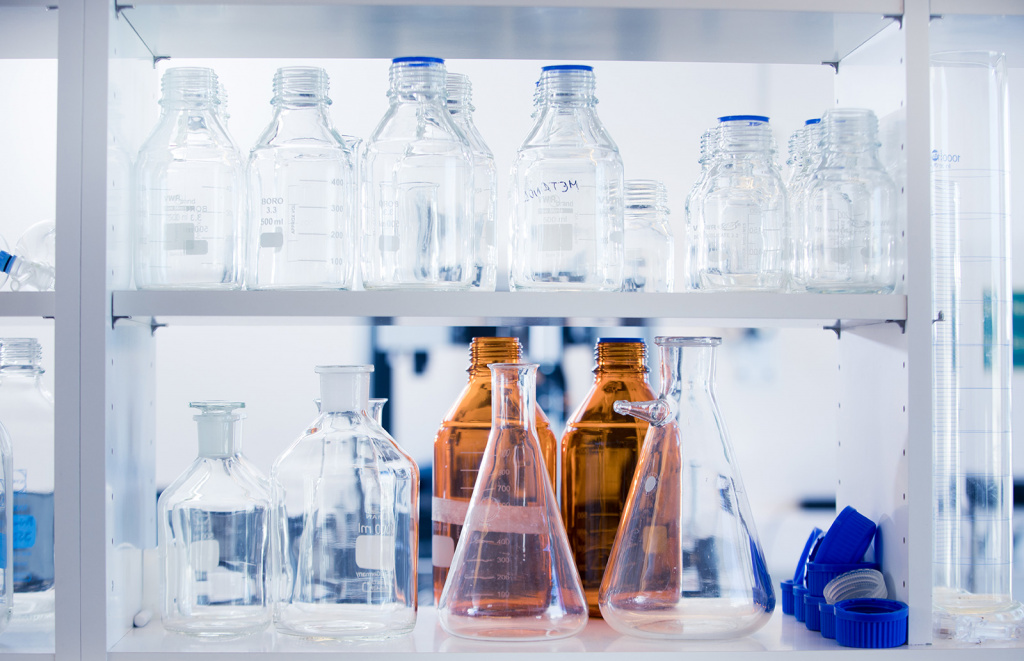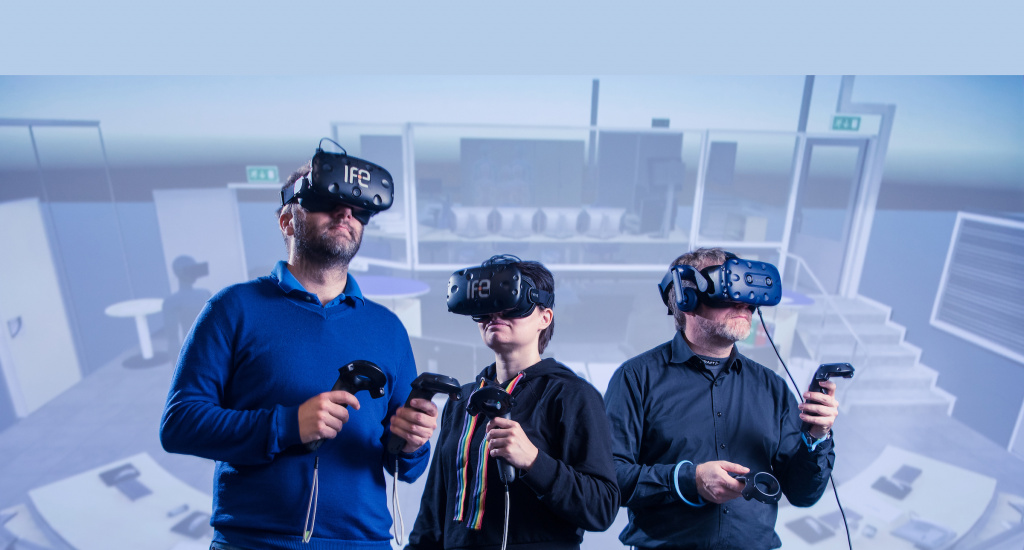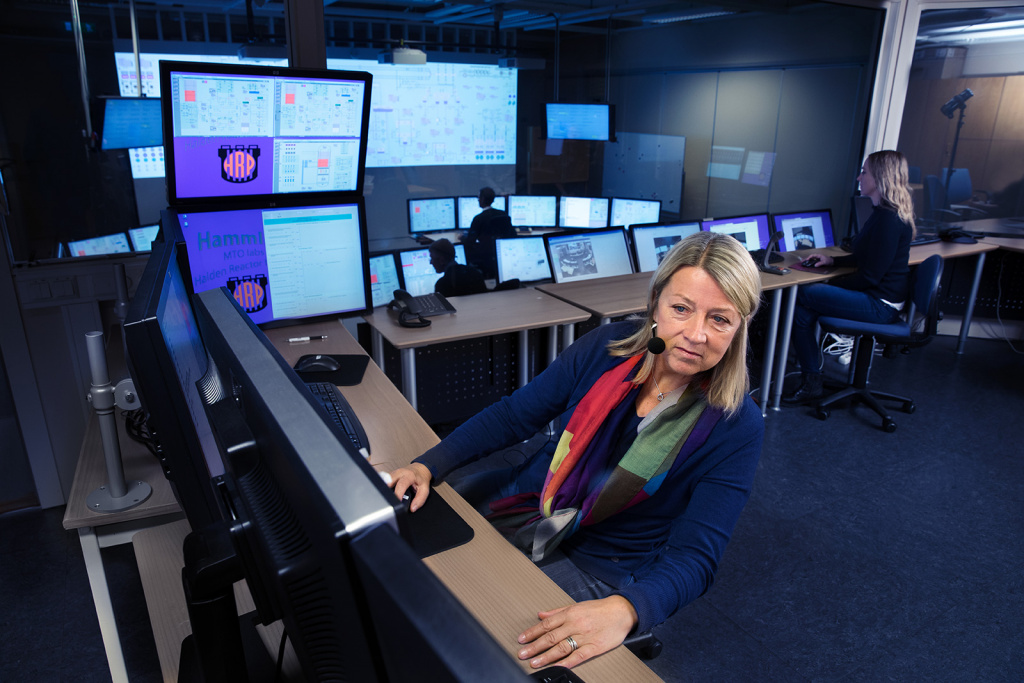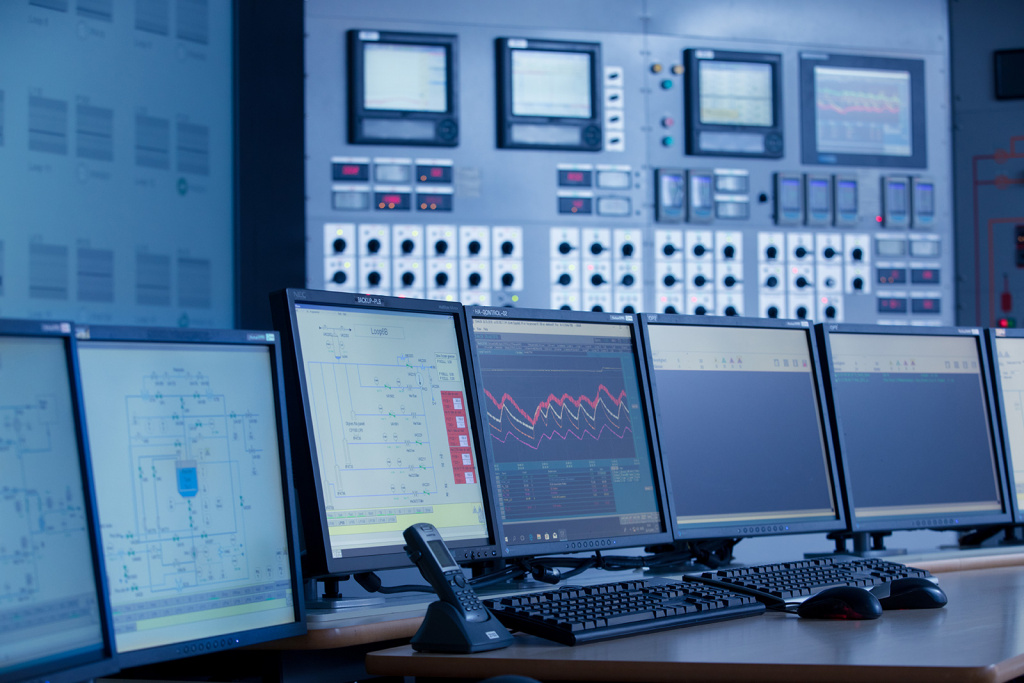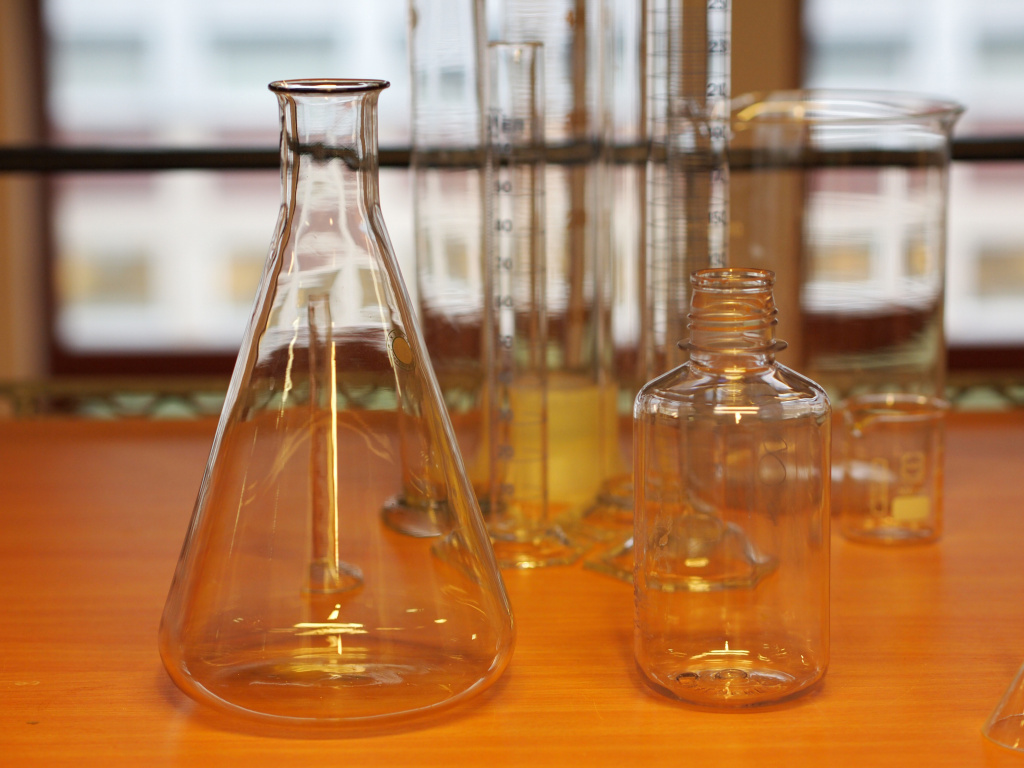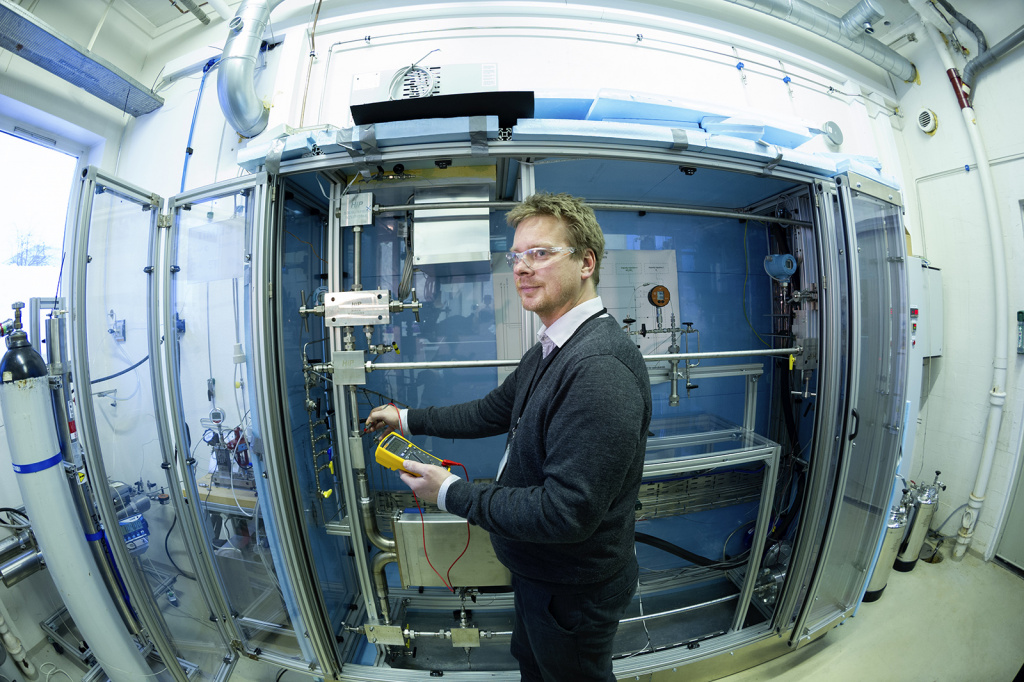Solar power plants
Large scale power plants are continuously becoming cheaper. The possibility for a Norwegian international industry is large. However, the developments is still demanding as utility solar parks may comprise of millions of components that are to be installed, operated and maintained in a cost efficient and sustainable way for at least 30 years. To handle the large amount of data from such enormous systems, modern digital tools, advanced data analysis and machine learning is important. The research group collaborate with leading Norwegian companies within this field on many of the most central themes, such as:
- Design and modelling of solar power plants
- Advanced data analysis of large scale solar power plants
- Development for solutions for monitoring
- Drone based surveillance systems
- Performance, degradation, errors and reliability
- Digital solutions for operation and maintenance
- Development and testing of new technologies for large scale solar power plants
- Hybrid solar power plants
The research is conducted in close collaboration with leading Norwegian industry, such as Scatcs, Equinor, Statkraft and Prediktor. I addition, the research involves several PhD-students from the Institute for Technology Systems at the University of Oslo.
Some of our ongoing research projects:
